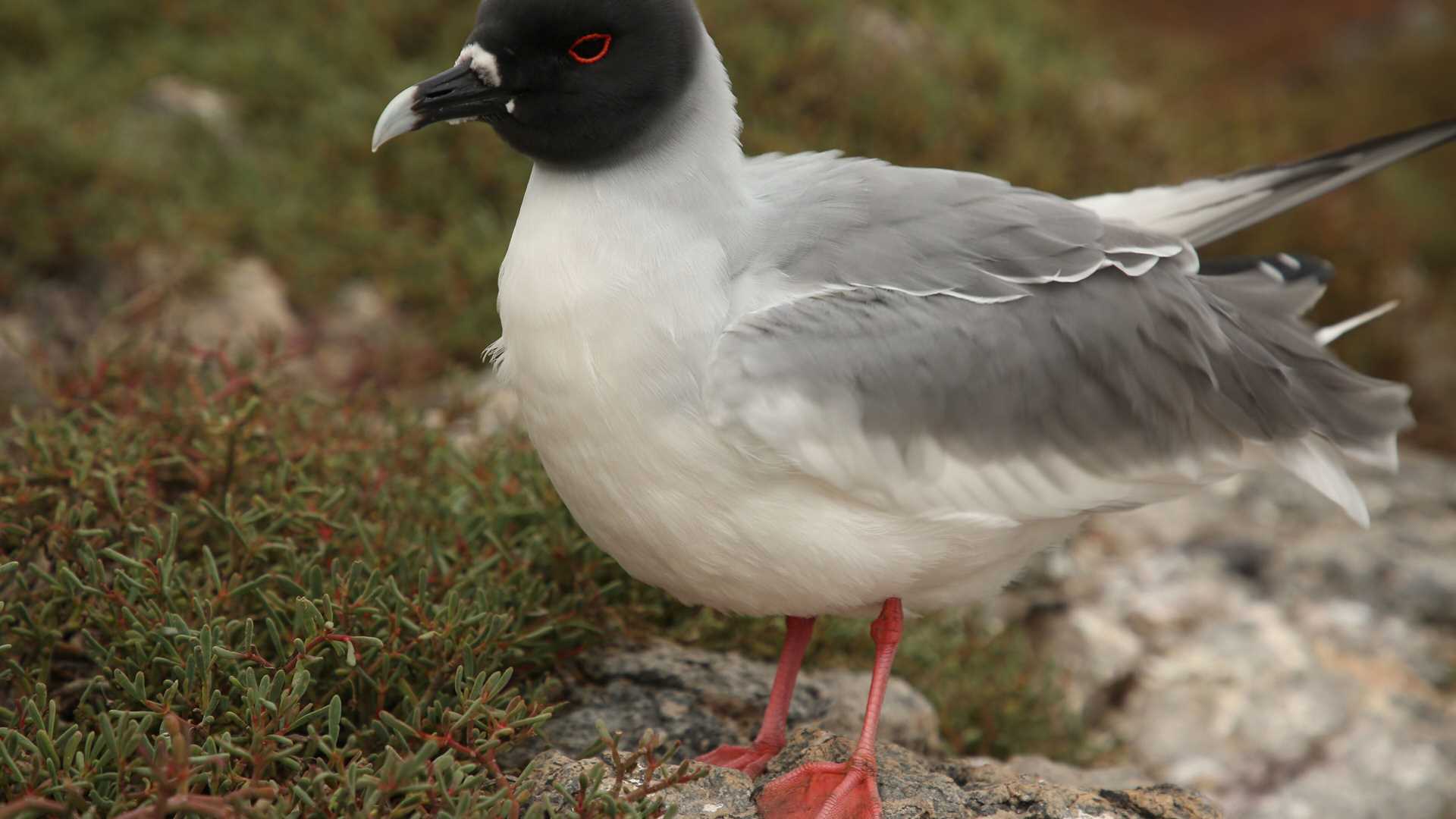On our first full day of this amazing expedition onboard National Geographic Islander, we stopped by South Plaza. Located on the east side of Santa Cruz Island, South Plaza is a 0.13km2 island that holds coastal and arid vegetation, mostly dominated by Opuntia cactus and Sesuvium. Along this 1 km walk, our guests enjoyed nice views from a 30 m cliff and sightings of the endemic land iguana. After an hour and a half of navigation, we anchored at Santa Fé Island. Here, we started with a snorkeling activity with sea lions, stingrays, and turtles! After a great snorkel, we concluded with a short walk along the island among some giant cacti and some unique pale land iguanas that are only found on Santa Fé.
- Daily Expedition Reports
- 16 Jun 2022
South Plaza & Santa Fé Islands, 6/16/2022, National Geographic Islander
- Aboard the National Geographic Islander
- Galápagos
Felipe Wittmer, Naturalist
Felipe’s connection with the Galapagos Archipelago dates back to his great grandparents, who came to the islands in the 1930s. The Wittmer family moved to the island of Floreana and were one of the first families to settle in the Galapagos. Felipe’s ...
Read MoreShare Report
Galápagos Escape: An 8-Day Voyage
VIEW ITINERARYRelated Reports
6/23/2025
Read
National Geographic Islander II
Española Island
Today we visited Española Island, the southernmost—and one of the most spectacular—of all the Galápagos Islands. Known for its unique wildlife and dramatic landscapes, Española offered us a day full of unforgettable encounters. In the morning, we landed at Gardner Bay, where a long stretch of white coral sand welcomed us. Galápagos sea lions lounged along the shore, completely unfazed by our presence. Offshore, we snorkeled in the clear waters among colorful reef fish and Pacific green sea turtles. Playful sea lions swirled around us like underwater acrobats. In the afternoon, we explored Punta Suárez, one of the best wildlife viewing sites in the entire archipelago. The trail led us through colonies of Nazca boobies and blue-footed boobies, some engaged in nesting or courtship dances. We also witnessed waved albatrosses, many sitting on eggs or gliding in the wind above the cliffs. The highlight for many was watching a pair of albatrosses perform their elaborate, synchronized courtship ritual, full of beak clacking and head swaying. As we approached the cliff’s edge, we were treated to the dramatic sight of waves crashing against the rocks and the famous blowhole, which sent bursts of water high into the air. With seabirds soaring overhead and marine iguanas sunbathing in every direction, the magic of Española was on full display.
6/22/2025
Read
National Geographic Islander II
Floreana Island
Today the guests of National Geographic Islander II had a chance to snorkel at Champion Islet, just off Floreana Island. It was a breathtaking expedition to one of the most vibrant marine ecosystems in the Galapagos. As soon as we slipped into the water, we were greeted by schools of colorful fish and playful Galapagos sea lions.







